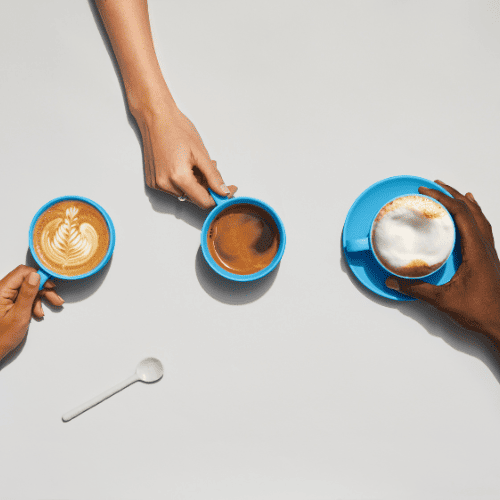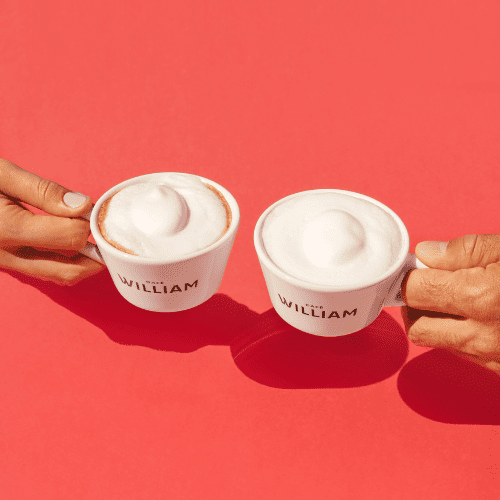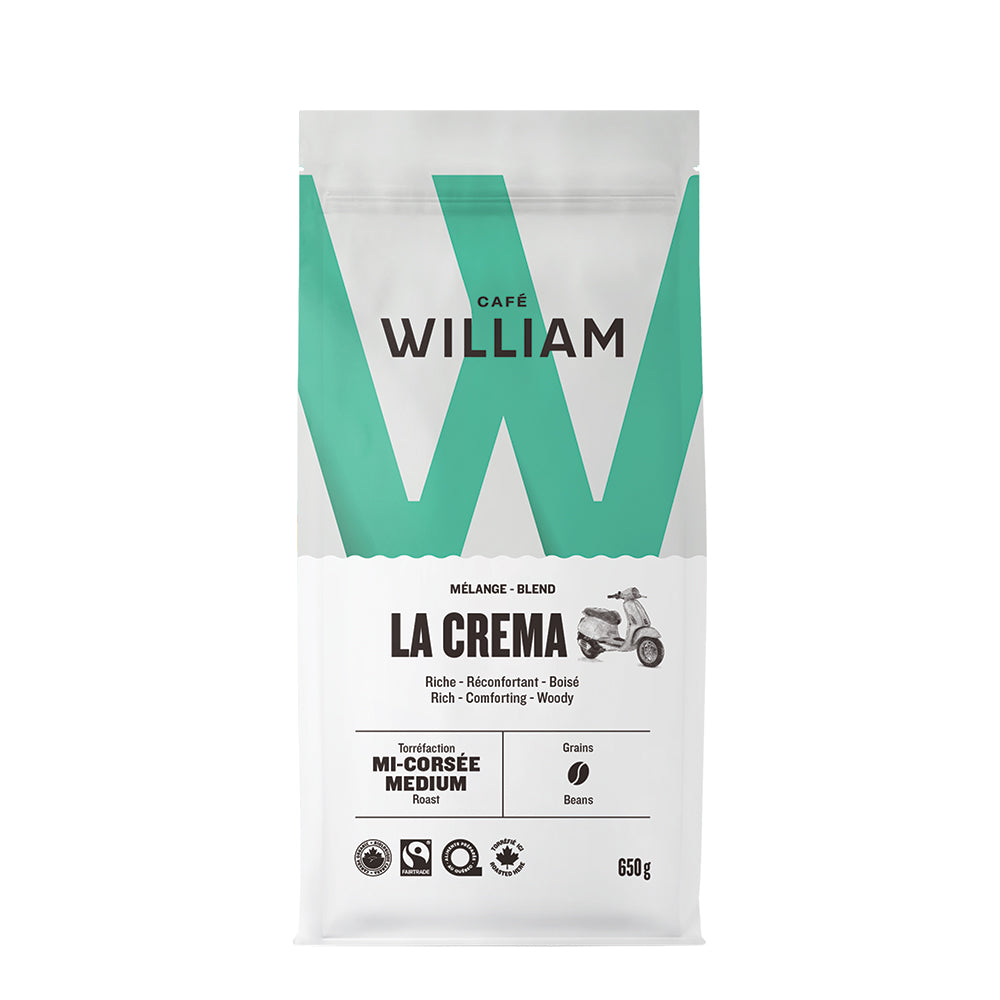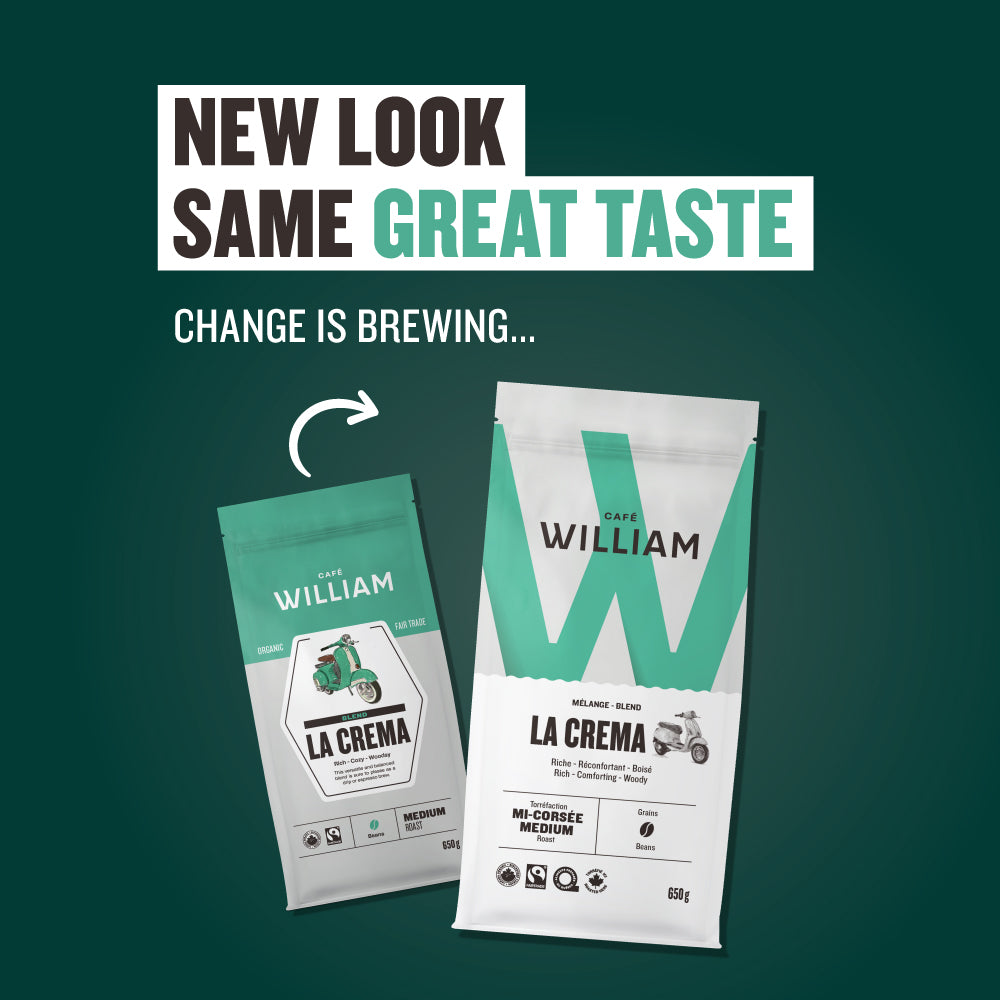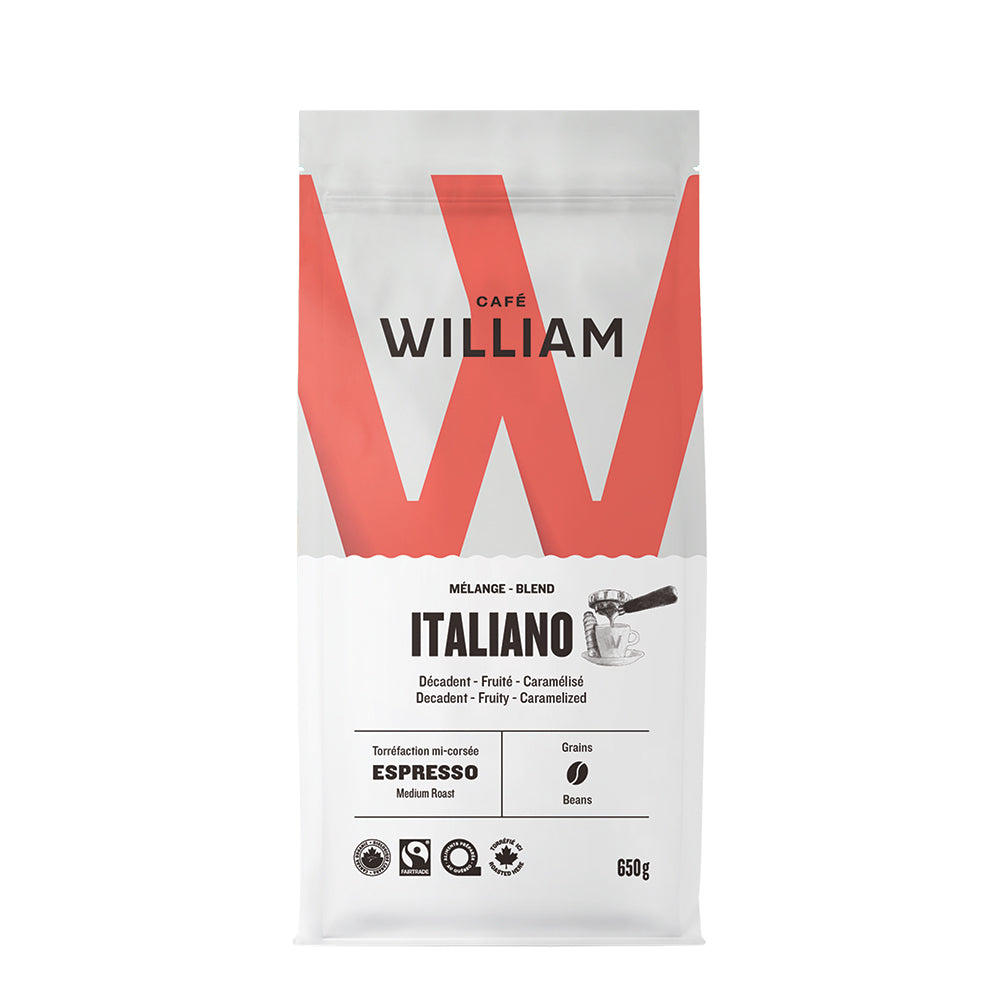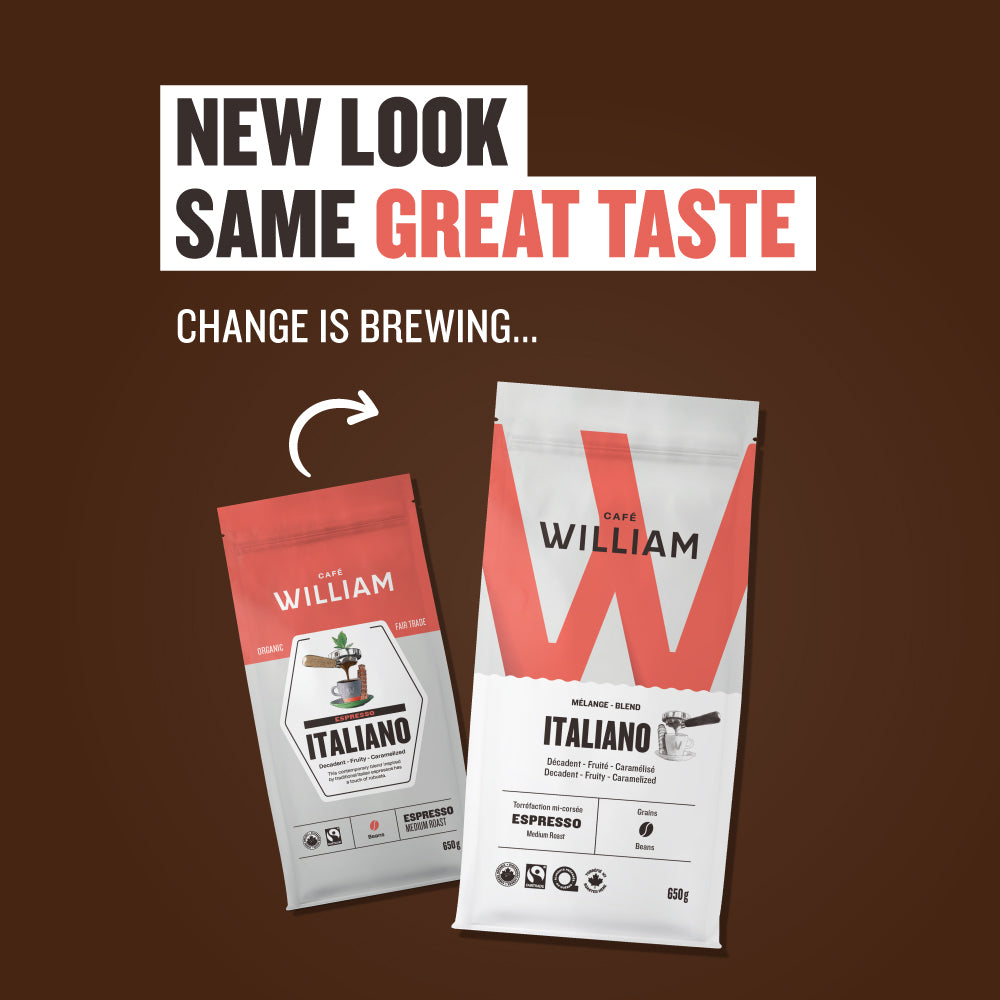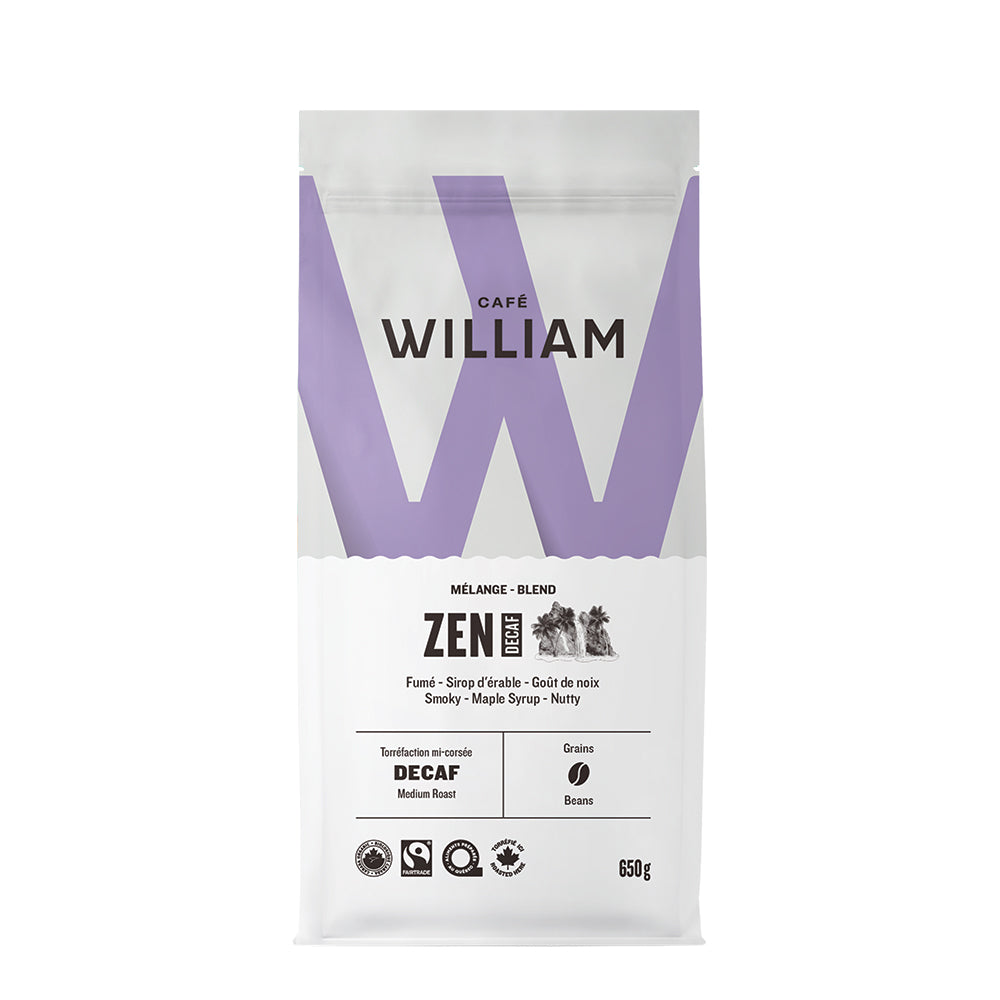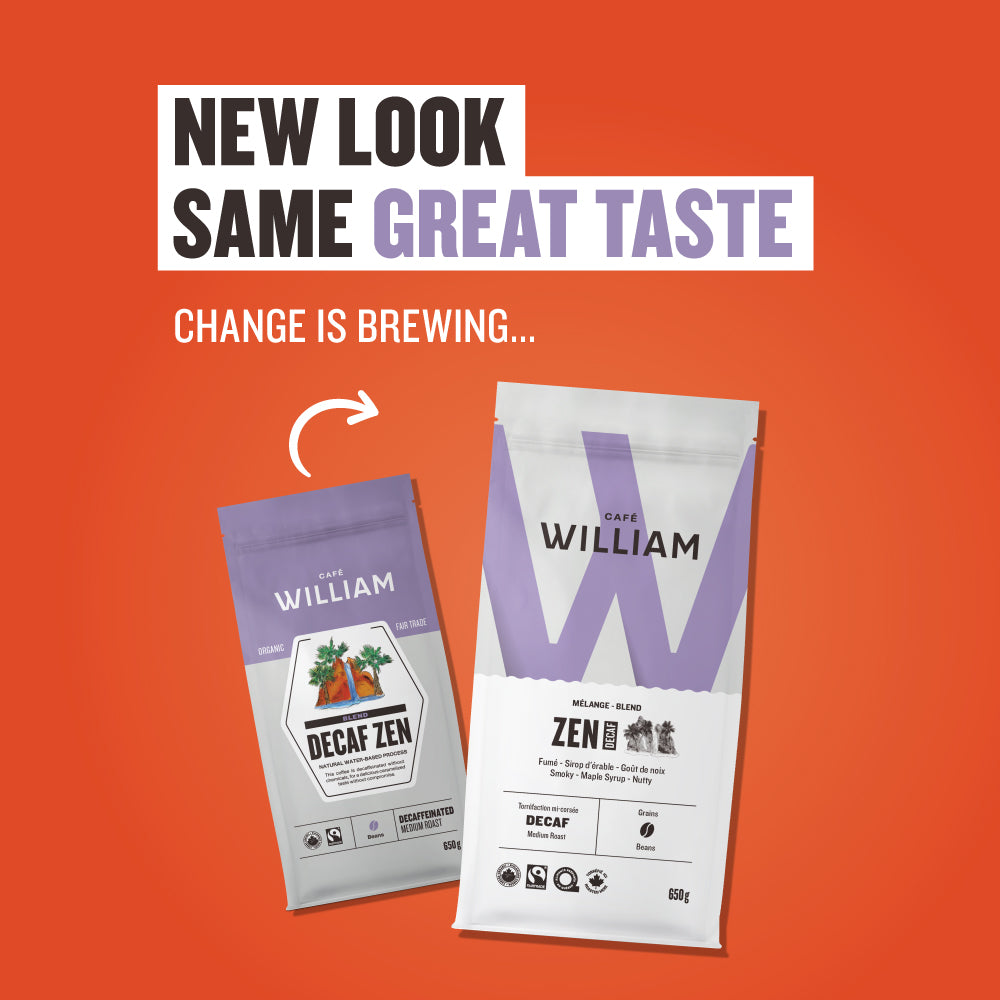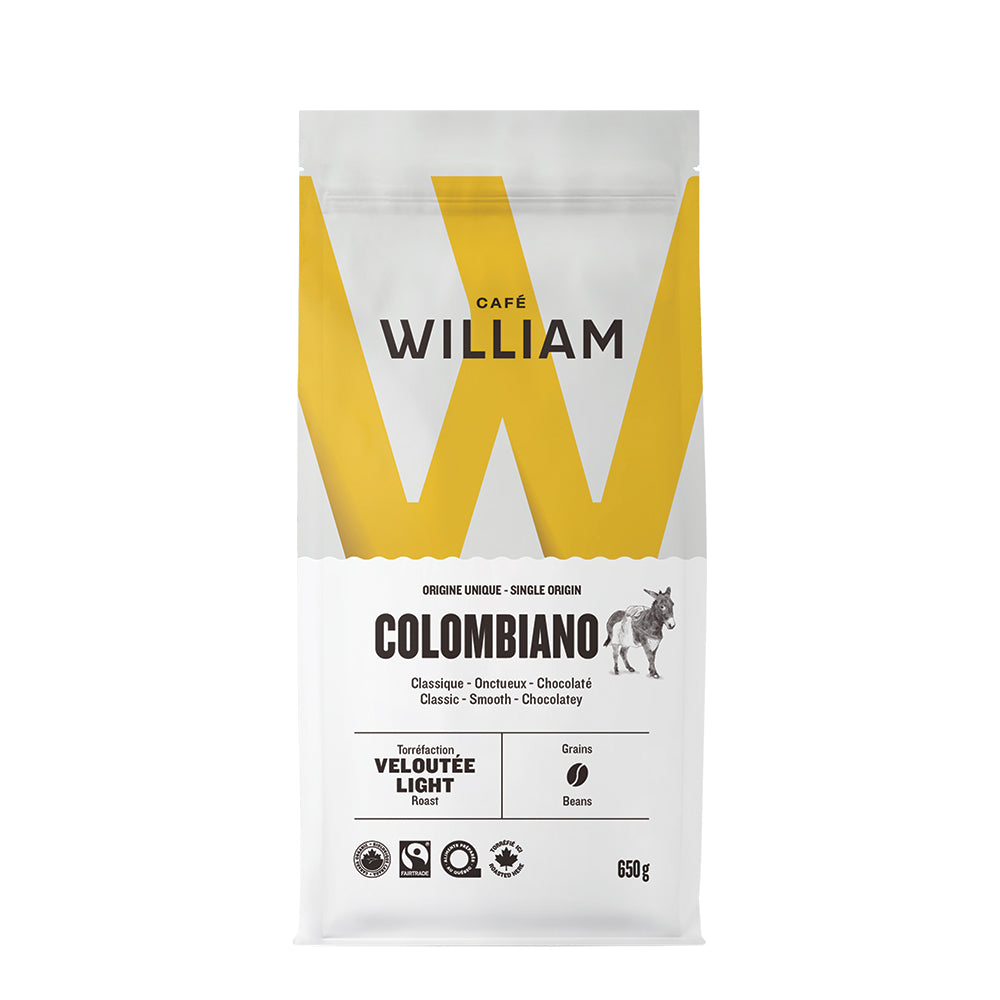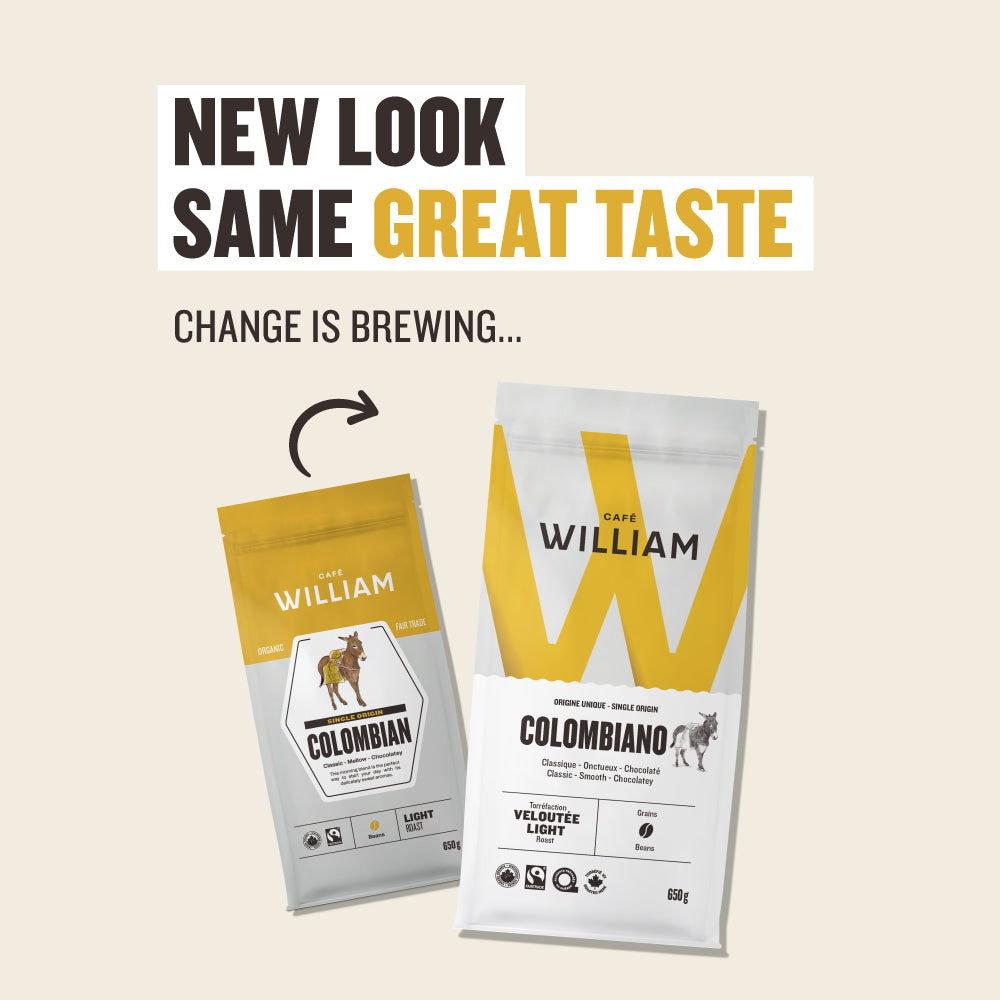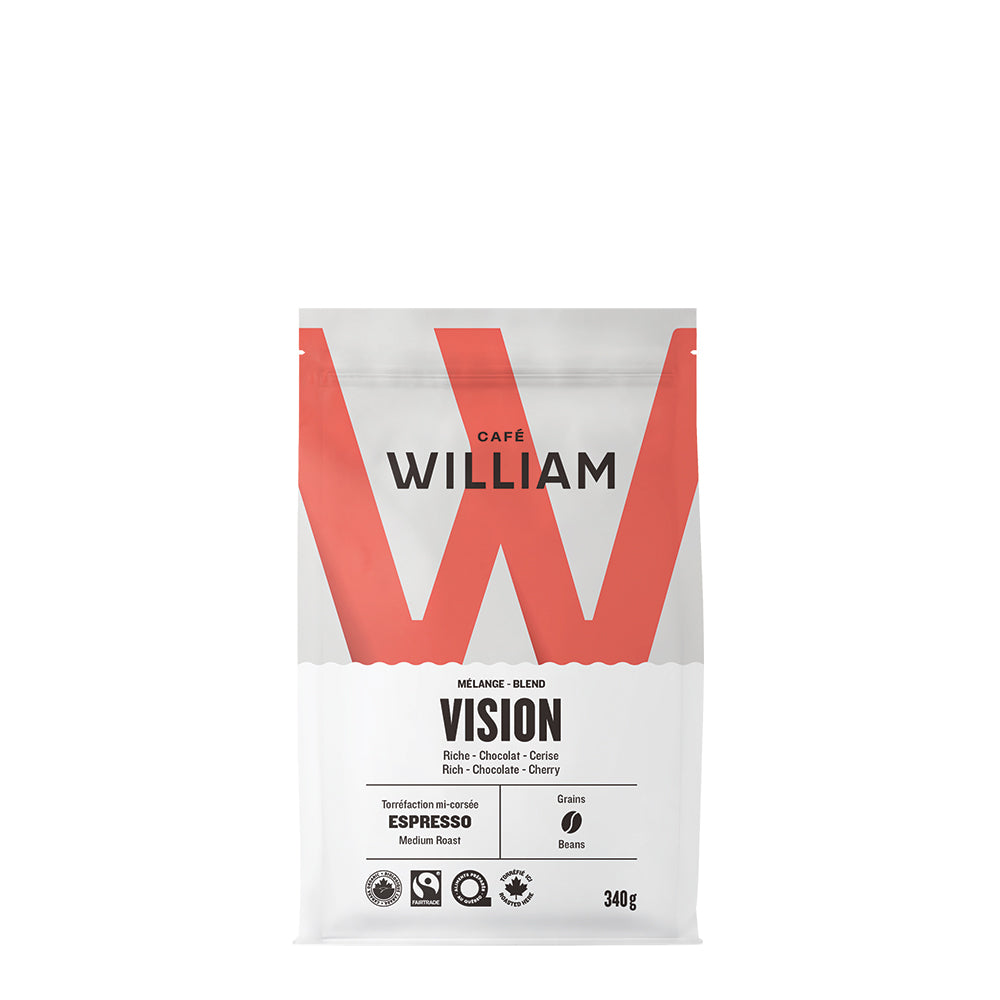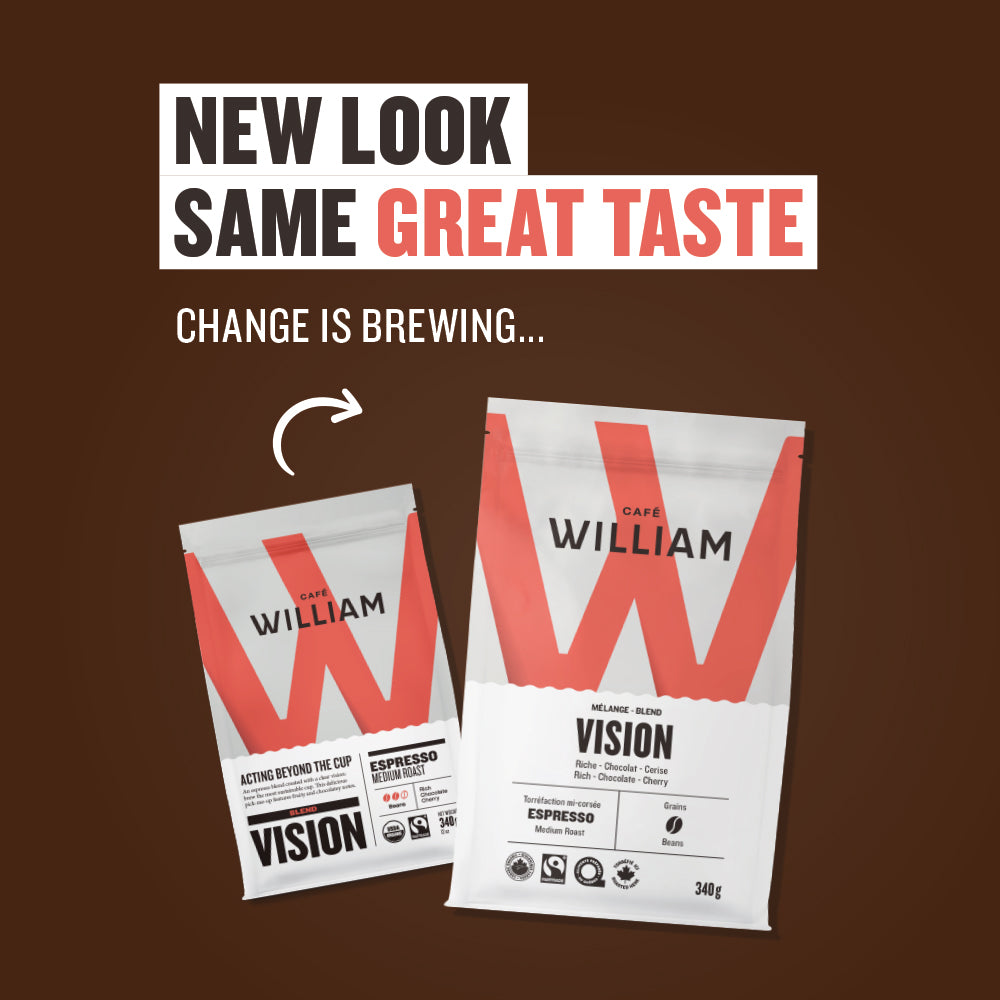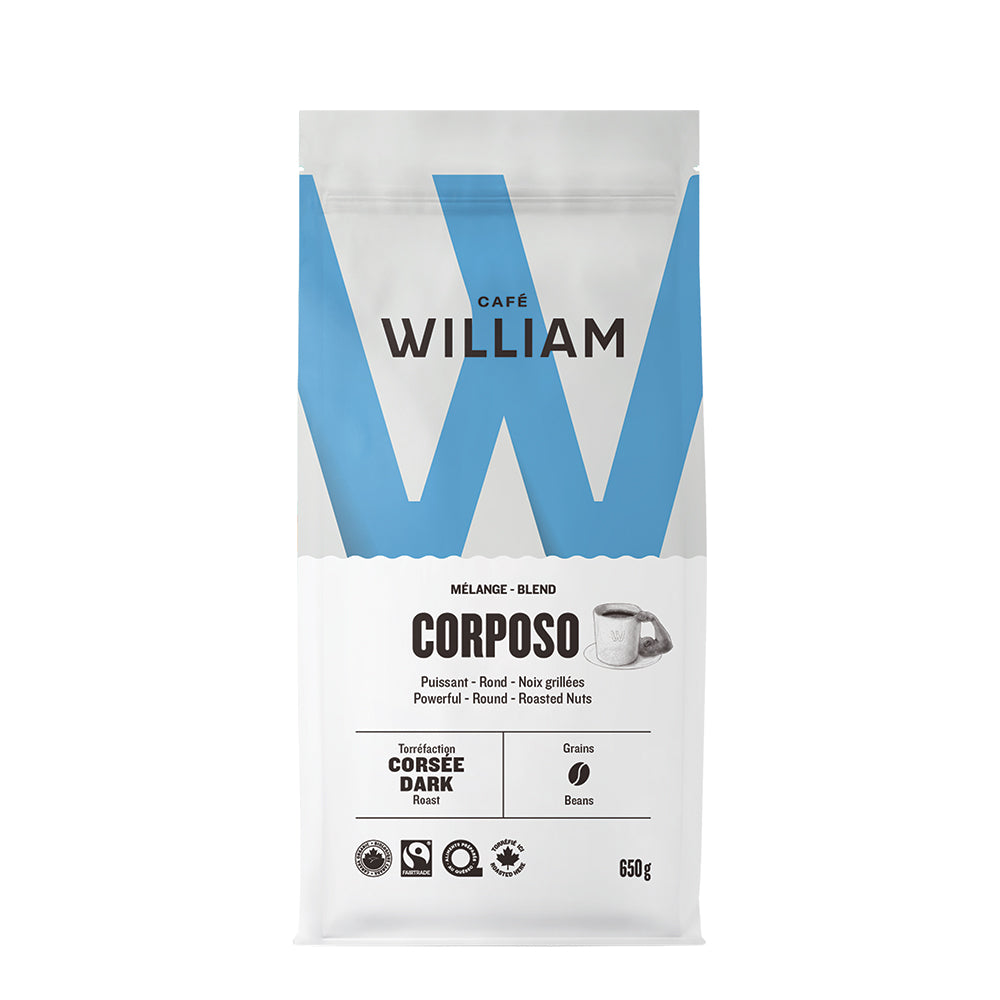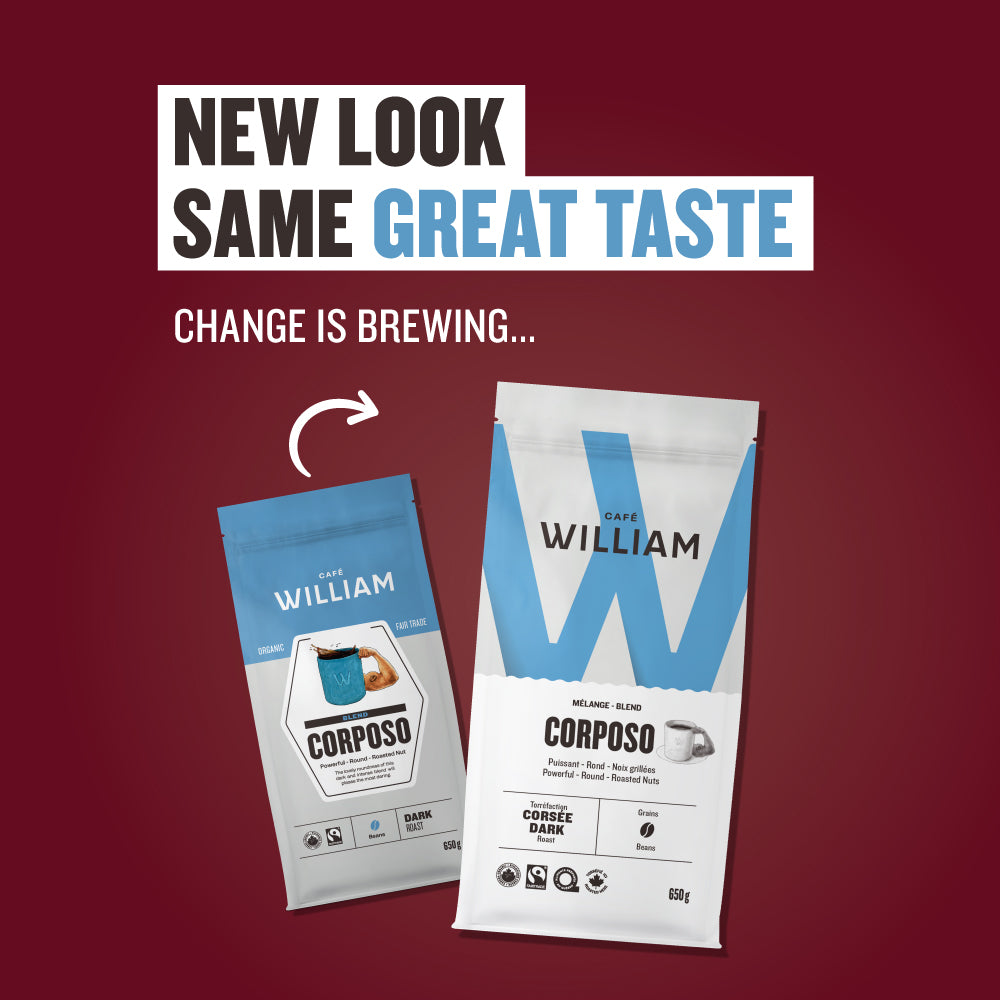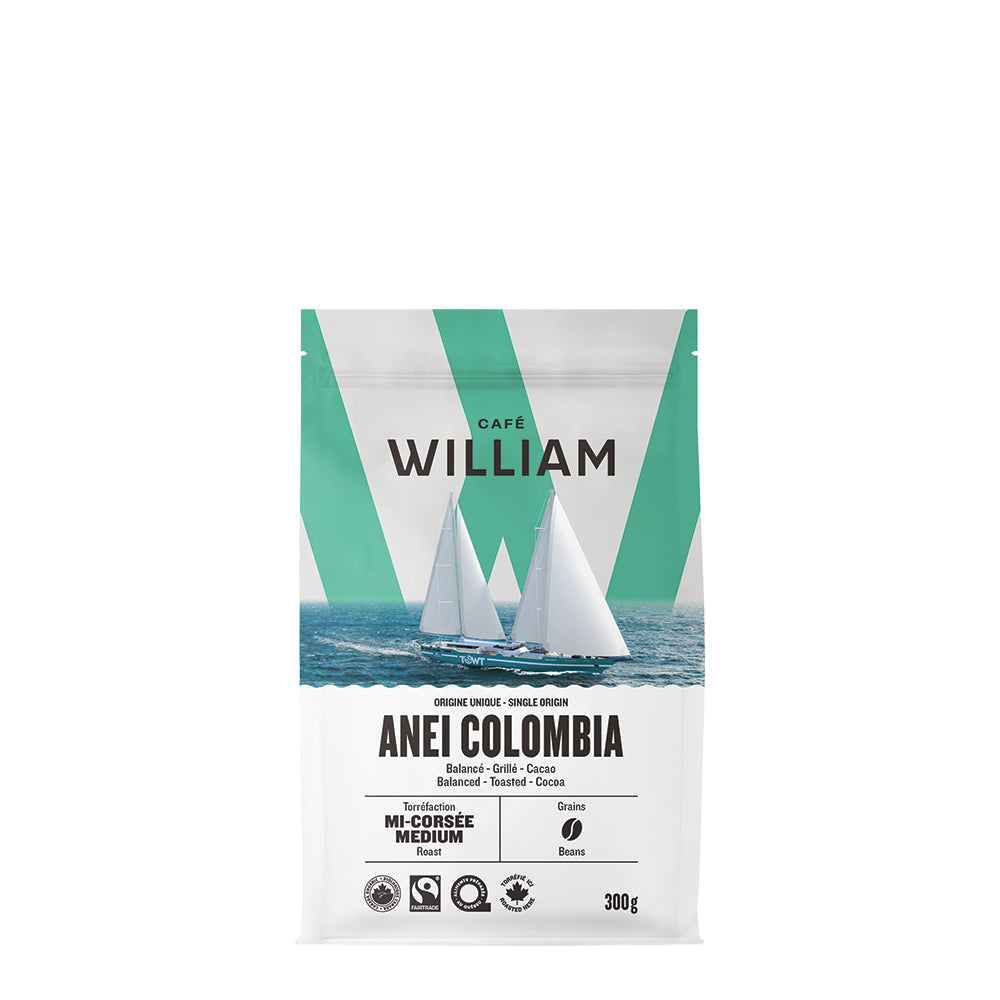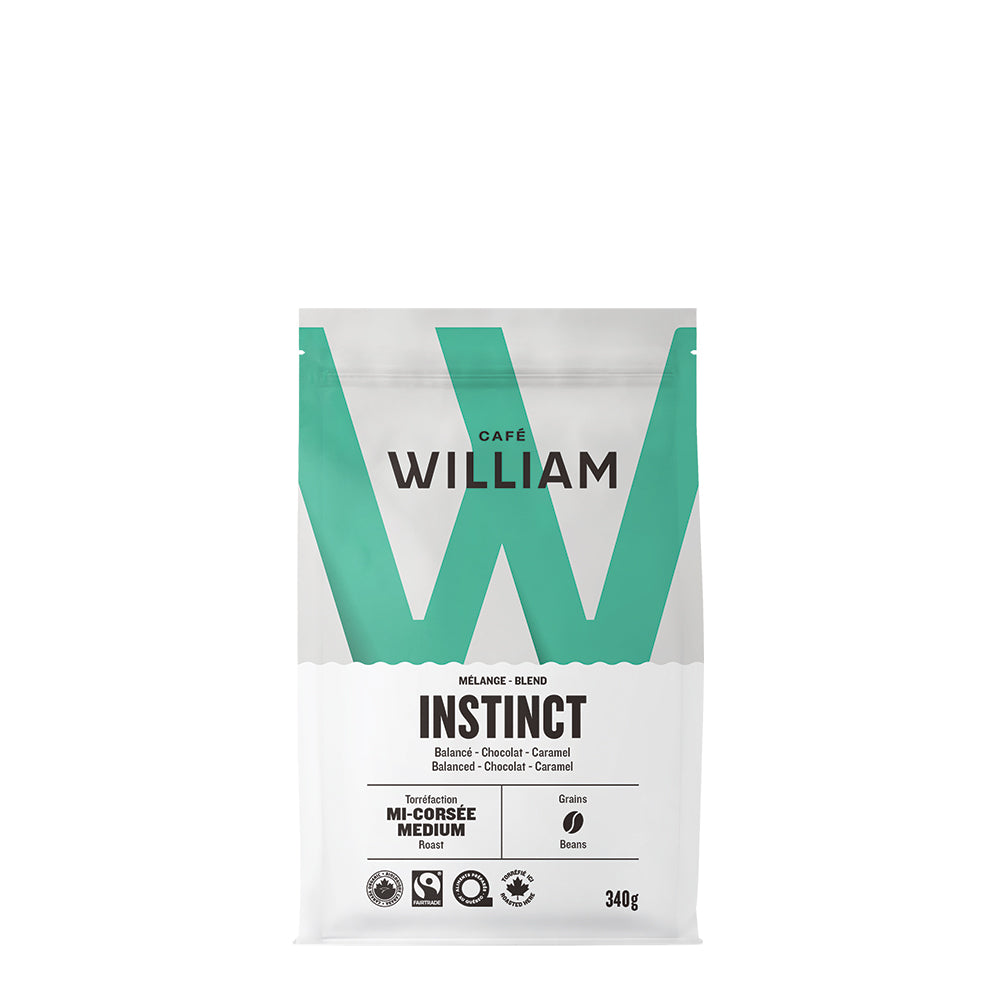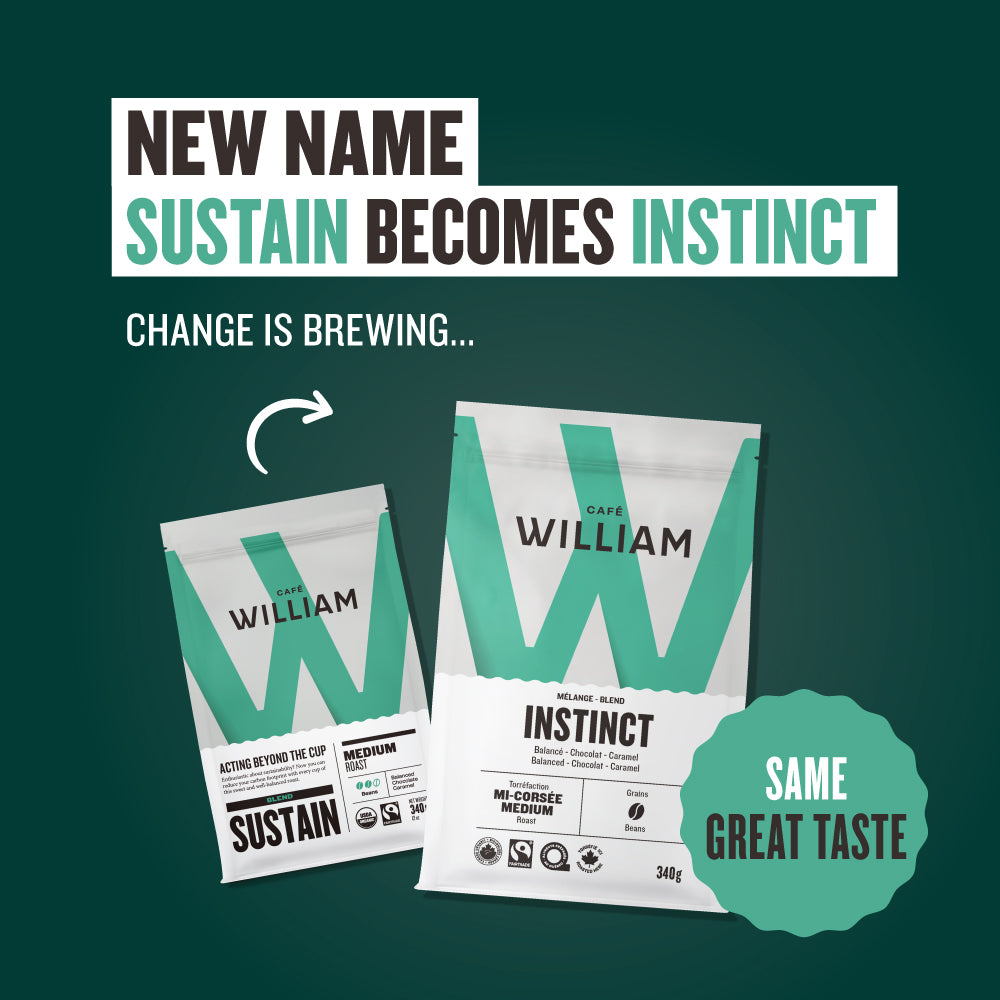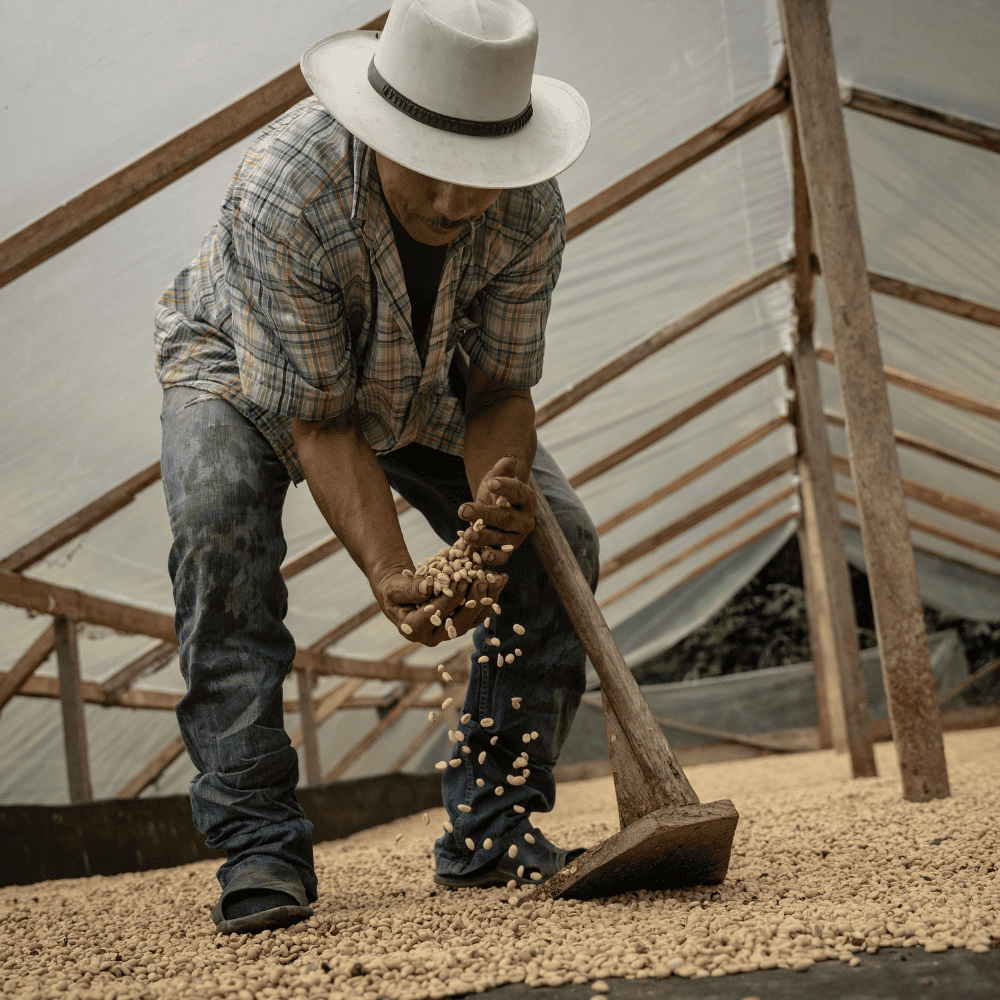
The roasted coffee bean as you know it has to go through a series of processes in order to get to your cup. This blog takes you through the four different coffee processing methods.
First, it is important to know that the coffee bean is actually the seed of a fruit called “coffee cherry”. Yes, coffee comes from a fruit tree! You'll guess that coffee doesn't already wear its beautiful amber color when it's harvested: two green coffee beans grow side-by-side in a red cherry and need to be properly prepared before roasting.
A coffee cherry is made up of layers. : skin (or pulp), mucilage, parchment, silverskin, and finally, the coffee bean.Longitudinal section of the coffee cherry. Cross section of the coffee cherry.
Drying coffee? Why?
After harvest, the coffee cherries must be processed and dried in order to be stored until roasting. The pulp and the mucilage of the cherry will have to be removed in order to release the famous coffee bean which hides inside! Over the years, farmers have developed different methods to dry coffee optimally.
Depending on the climate and the means of the producer, one method will be recommended more than another in a given region. Each method can influence the taste of coffee, so choosing this one is not trivial. There is not one better than another, but each of them offers certain particularities.
The different coffee processing methods
- The washed process
The washed method is the most used by coffee producers in the world. It involves removing the mucilage from the bean and the pulp - or "depulping" - using a machine. The beans are fermented in water for 12 to 36 hours, then rinsed with plenty of water, dried, and the parchment is removed. Coffees treated this way usually have a more delicate taste and a nice acidity. Since this method uses a large amount of water, drier countries do not prioritize it.
The fermentation of coffee beans.
- The natural process
This is the oldest method of processing coffee. In this method, the cherry is dried while it is still whole. No part of the cherry is removed before drying. Following harvest, the red cherries are spread over a large area and raked frequently to dry evenly. The bean ferments for several weeks in the cherry. The cup of a natural coffee holds brighter, fruitier flavors. Our latest Select Harvest is dried this way!
- The honey process
It's not about coating the beans with honey, despite what you might think! The name given to this method comes from the sticky texture of the bean once it is processed. The skin of the cherry is removed, but the mucilage (the sticky part) is partly left. The more mucilage left, the darker the bean when it dries (honey black, gold or red). The less left, the paler the color (honey yellow or white). Also, the more humid the climate during drying, the darker the bean will be. At the end of the process, the coffee will exhibit more body than the washed bean as well as sweeter flavors.
- Wet-hulled method
The giling basah method is used almost exclusively in Indonesia. You guessed it, it is this method that gives such a special taste to our Sumatra coffee! This tedious, multi-step process develops wild, earthy aromas. The bean is first depulped and fermented for a few hours. While it still contains a high level of humidity, the parchment is removed. The bean is finally dried for a final time before being sold. This method is used in very humid environments, such as the island of Sumatra. This process generates a less acidic cup.Two coffee farmers from the island of Sumatra use the Fairtrade pulping machine.
The final step: evenly drying the beans
While the coffee has gone through all of these steps to remove the bean from the cherry, it then needs to be properly dried. There are two ways to dry the bean: directly on a concrete slab on the ground, or on raised beds. Once well extended, the bean will dry for 4 to 30 days, depending on the method used. They should be raked frequently to achieve even drying. Thereafter, the coffee will be packaged and ready to go to the roasting plant. Then, it’s ready to head to your cup with our online store!_Lits de séchage surélevés @Sucafina_Sources https://www.cafeimports.com/north-america/processes Photo credit : Rosa Panggabean et Nicolás Becerra
